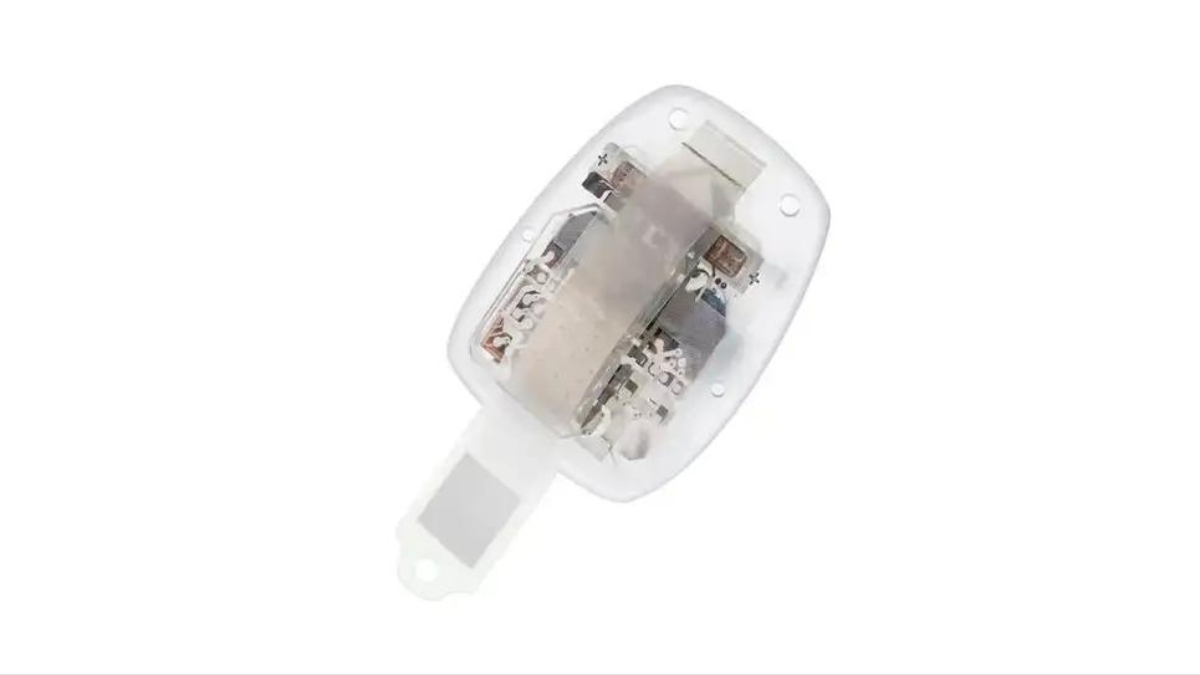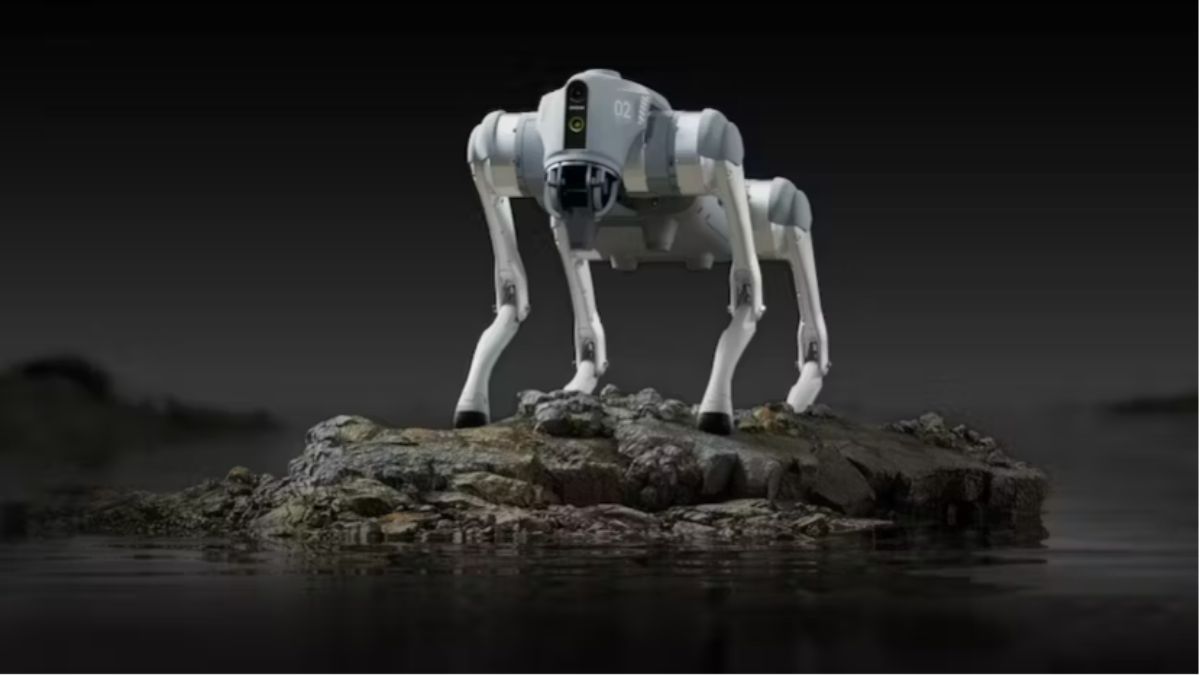Co-founder of Neuralink Unveils Rival Company
November 22, 2022 By Monica Green

(Image Credit Google)
Elon Musk's demonstrated willingness to quickly sever ties with anyone who disagrees with him at his diverse range of companies may be coming back to bite him. In the most recent instance, Neuralink's former president, who left the company last year, has since founded a rival brain company with total funding of $160 million. According to Bloomberg, Neuralink is the top BCI technology.
This month, Max Hodak, the co-founder and former president of Neuralink, came out of hiding with a brand-new brain computer interface company named Science Corp. Despite the seeming similarities between the two businesses, the covert startup may have a significant advantage over Musk's brain company. Science Corp's interface, in contrast to Neuralink, won't require users to drill holes into their own heads or, presumably, the heads of unwilling test subjects.
The science of photonics, which employs light conveyed through a patient's optic nerve to send information, is the foundation of the BCI approach used by research, as described in a Bloomberg story. Theoretically, according to Hodak, this approach could lead to applications like those Neuralink is pursuing, such as treating patients with severe disabilities before eventually enhancing human cognition and computation. According to Hodak, his business has already created a "Science Eye" prototype device that can restore vision to test rabbits. This prototype makes use of a retinal implanted 2-millimeter-wide thin LED film that can process wirelessly sent patterns.
Hodak claims he intends to start testing on people in the upcoming years, but if Nueralink's past is any indication, that timeframe might be more difficult to achieve than it seems. When Neuralink first launched in 2016, it immediately caught the attention of Silicon Valley VCs and transhumanists alike. However, Neuralink has yet to receive FDA approval to test its device on humans. Instead, its most significant scientific discoveries have come from testing on macaque monkeys, a method that some animal rights organizations have called cruel or, in some alleged cases, horrifyingly horrific.
Hodak and Musk may have different approaches, but their final goals seem to be the same. Similar to Neuralink, Science aims to use their technology to help those with disabilities who are in need of it before developing it to the point where it might be used to improve abilities.
Also, Read:
Elon Musk Seeks to Invest in Neuralink Brain Computing Startup
“We’re starting in very disabled patient populations with serious unmet needs,” Hodak said in an interview with Bloomberg. “But if you refine that technology five or six generations, you get to replace glasses and [virtual reality] goggles with just the tiny little implant in the eye.”








